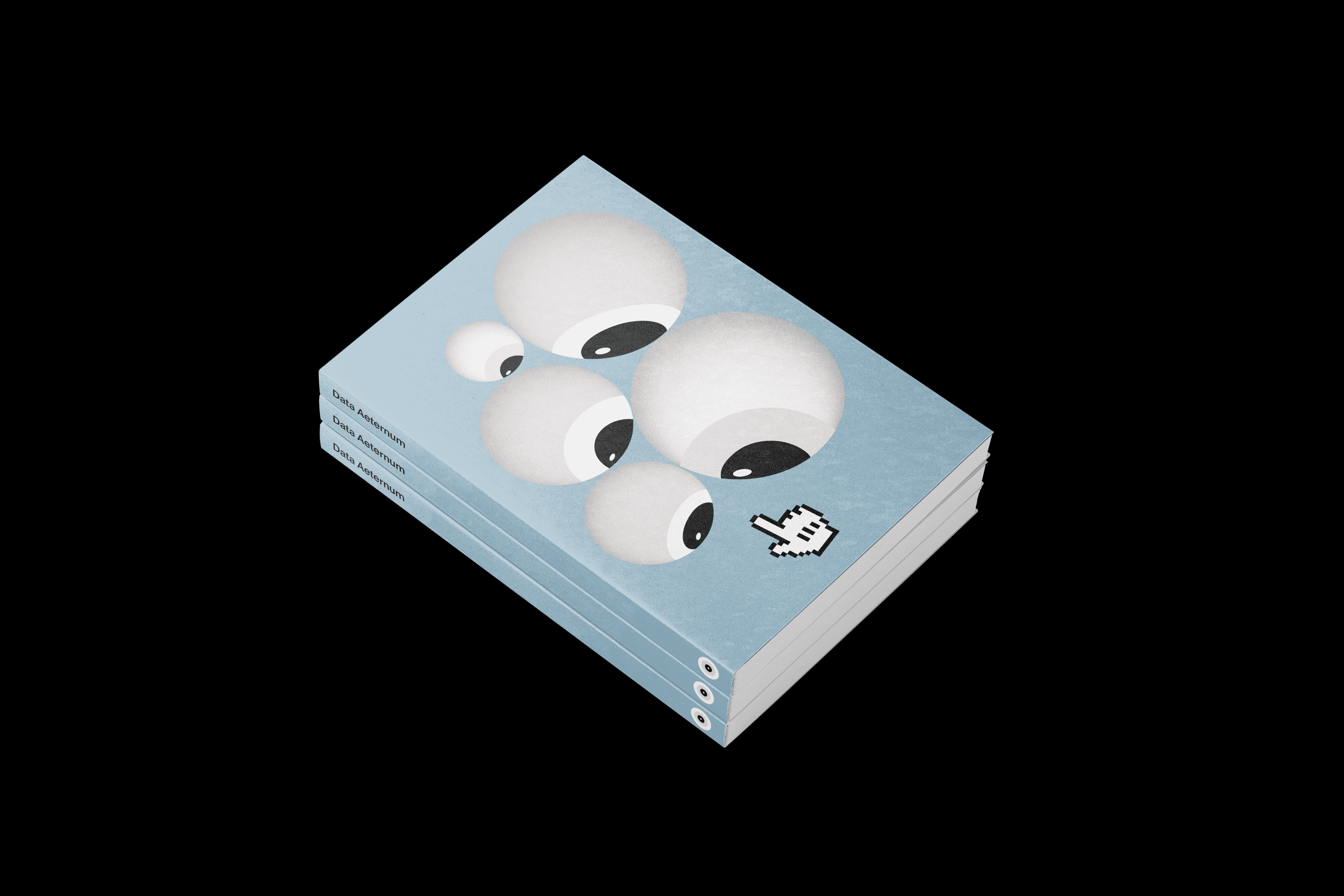Thesis, 2020
Your data privacy matters. Whether it may be websites tracking your every click, pharmaceutical companies selling your eating habits to your health insurance provider, or retail companies selling you baby bottles even before your parents know you’re expecting, our data is extremely valuable. We give it away for free. Even the fictional nightmares of shows like Black Mirror can become a reality as new technologies enable the many dangers of profiling.
Process —
The process for the actual project began with multiple ideas: from tools that created a smokescreen for you, to mad-libs style storytelling for children based off of their data. I ended up choosing to make a guide that educated people on data privacy.
My first designs were multi-step processes, too ornamented, and had too many barriers to entry. Other approaches were too ‘techy’. This had connotations of tech beautifications, one of the ways in which we feel safe in sharing all this data, and this is something I wanted to avoid.
But something that did stick, was the idea of a ‘data portrait’— a simple image of yourself that would show you how visible you were online. The more you could see yourself, the more publicly you were visible you were. I found that people seeing themselves in the project, helped them care more.
The Final Project —
Data Aeternum is a Data Privacy guide, which seeks to not only apprise, educate, and empower users to reduce their data footprint, but also to bridge their perception and reality to the dangers of data collection. It’s designed for a universal at-risk audience of young adults, who aren’t aware of these dangers, and technology illiterate adults and seniors, who might be unaware of these data collection practices.
The Website: is a self-sufficient entry point to the project that provides actionable steps to reduce your data footprint and the essential context to understand data privacy. It has a simple approach to a linear guide (no navigating anywhere; one simple scroll) which eliminates any barriers to entry. It is also aesthetically designed to as stay neutral and accessible as possible. It uses this neutral design as a tool to gather information and communicate to users in a manner which helps them understand the risks of data collection, and feel empowered to take back control. Visit the website
It's slightly content heavy so that people walk away with the core information if they choose not to proceed with the handbook.
The website features actionable steps to you reduce your data footprint. Tools are easier than lifestyle changes — therefore the steps feature simple tools to implement into your daily tech use. The website also hosts a PDF version of the handbook — free of charge and optimized for single page screen reading.
The Interactive Handbook: further builds upon the website, providing essential information to more deeply understand the complex topic of data privacy, along with providing further resources to further learn and demand oversight.
The handbook features NFC tags and QR codes on the sides, which offer further resources, readings, activities, games, videos, podcasts and more to broaden your horizon to the topic of data privacy.
The book specifically doesn’t have a conclusion, because this project is just the beginning. There’s a lot to be done from here. Instead, I offer more resources to continue learning and advocating for data privacy and oversight.
